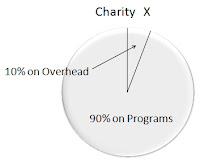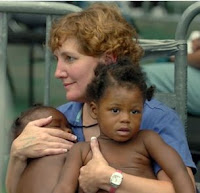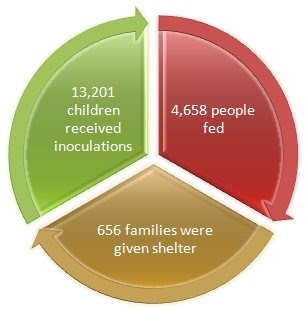Step 88. Twenty years ago donors were asking of charities “how much of my dollar goes toward overhead? Many donors were shocked if a nonprofit spent more than 20-25% on administrative expenses, (Overhead) out of each dollar raised. However, show me one Fortune 500 company that only spends 25% on overhead to make their product or service . . . they don’t exist. Why do we expect nonprofits to achieve excellence in their field with less compared to for-profit companies?
Twenty years ago donors were asking of charities “how much of my dollar goes toward overhead? Many donors were shocked if a nonprofit spent more than 20-25% on administrative expenses, (Overhead) out of each dollar raised. However, show me one Fortune 500 company that only spends 25% on overhead to make their product or service . . . they don’t exist. Why do we expect nonprofits to achieve excellence in their field with less compared to for-profit companies? For example, It takes a lot of money to make an iphone therefore the profit margin is small . . . I get that but it also takes a lot of money for a nonprofit to ensure tens-of-thousand of people won’t starve to death by end of day in some third-world country.
For example, It takes a lot of money to make an iphone therefore the profit margin is small . . . I get that but it also takes a lot of money for a nonprofit to ensure tens-of-thousand of people won’t starve to death by end of day in some third-world country.
Some times a charity must spend whatever it takes to save lives. Sadly, I know of a disaster relief charity in the United States that refused to respond to Hurricane Katrina because of a misguided budgeting practice, which would have negatively impacted their overhead ratio for that given year.  Today, that charity is wondering why their giving is down, where their donors went and why they’re no longer relevant. This charity had an opportunity to be a premier organization, instead it decided it had raised too much designated income for disasters and did not respond. Small thinking produces small budgets and big thinking produces big budgets . . . people want to be about big ideas.
Today, that charity is wondering why their giving is down, where their donors went and why they’re no longer relevant. This charity had an opportunity to be a premier organization, instead it decided it had raised too much designated income for disasters and did not respond. Small thinking produces small budgets and big thinking produces big budgets . . . people want to be about big ideas.
The overhead metric is no longer the first question that comes out of a savvy donor’s mouth and should not be the primary metric in determining a charity’s effectiveness. Nonprofits should be graded on their results . . . the lives impacted and not how little they spent on managing the charity. There are charities who boast about spending very little in overhead but in the end, how many people do they help or save?
Donors have evolved their decision “giving” making process and so should charities . . . they understand a big vision takes a big budget. Especially, younger business-minded contributors now want to see how successful a charity’s programs are in addressing the issues the nonprofit sets out to resolve in the first place. This is what I call Return on Mission (ROM).
As I mentioned in Step 12, these ROM metrics is where people validate their purpose in life and their involvement with you as a charity.
The ROM metric is one of the most critical aspects of the nonprofit brand experience. It gives people meaning and does a most powerful thing . . . it leaves those who have joined you in your mission and vision, better. Their lives are enriched and they are filled with hope because you have allowed them to fulfill their destiny through your cause. This is the secret to brand loyalty.
You can never talk about ROM enough. So stop focusing on how little you spend and start presenting how much you do.

Step 89. Conduct Usability Testing



No comments:
Post a Comment